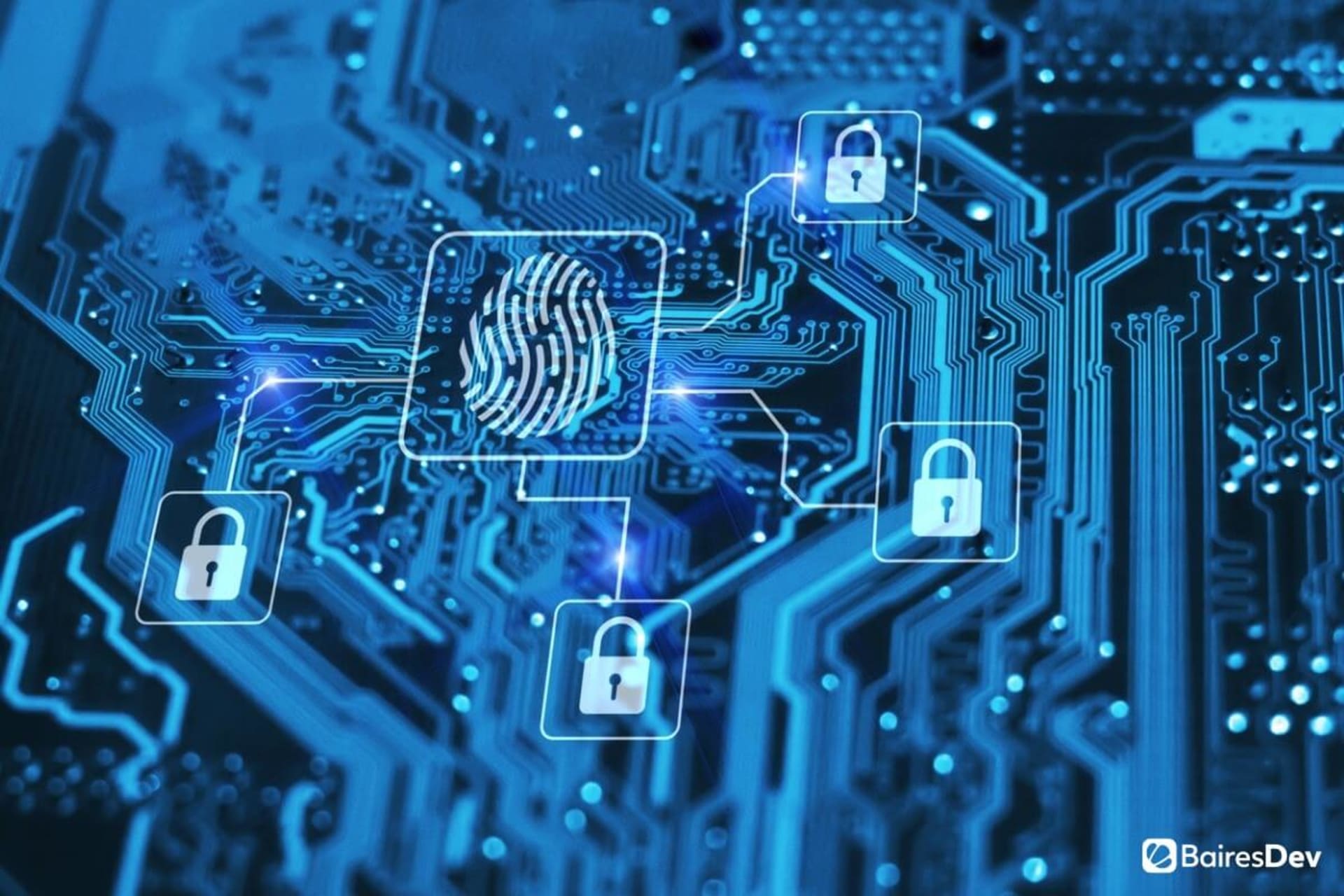In the past few years, we have seen a significant increase in digital attacks on companies. In response to this threat, many organizations are implementing new security measures to protect their data and infrastructure. These measures include a variety of tools such as firewalls, intrusion detection systems (IDS), antivirus software, spam filters, VPNs, and more.
Such a strong focus on cybersecurity only increased since the COVID-19 pandemic started. It’s only natural, given how many companies adopted remote work, be it through fully remote teams or through hybrid models. With so many people accessing corporate networks and assets, businesses definitely need to institute tighter security systems to keep their guards up.
Unfortunately, these new controls often come with a cost: Employees may feel that they are unable to do their job efficiently because of them! While the reluctance of your team members is understandable, you can’t afford for it to derail your security efforts. That’s why I’m sharing with you some insights about how you can push back against employee resistance—by balancing employee needs with business needs.
The Workforce Resistance
According to a recent report from HP Wolf Security, 48% of young employees view security tools as obstacles. This, in turn, leads nearly a third of them to bypass security measures instituted by their companies’ security policies.
This is a troubling picture. One of the most repeated things in the business world since companies started migrating to online platforms is that cybersecurity should be a top priority. But the reality shows us that, in practice, that’s not the case for many workers. Why does that happen?
According to the same report, employees cite 2 main reasons for their resistance to security policies and technologies. On one hand, an impressive 64% of them see security measures as a waste of time, not because they don’t believe that those security policies work, but rather because they need a lot of upkeep (frequently updating passwords, accessing security platforms to browse the web, using multiple devices for authentication).
On the other hand, there’s a sizable group (54%) of workers in the report who say that security policies in their companies are too restrictive. In other words, the security measures get in the way too often, preventing them from accessing specific sites, asking for confirmation of certain actions too frequently, or disallowing them to install or customize their digital environments.
The solution those workers find to deal with the increasing presence of security policies and tools? Bypassing or just ignoring them. That creates a huge vulnerability for malicious actors to exploit and a considerable problem for IT teams everywhere.
How To Secure Your Employees Without Weighing Them Down
While you might feel like the numbers cited above don’t really fit your business reality, the truth is that some of your employees are highly likely ignoring your security policies. That’s why it’s better to be safe than sorry and address this issue before it becomes an unmanageable mess. How? There are 2 major approaches you can take.
The first one implies adopting custom security solutions that are tailor-made to your workflow and to your team. Thus, rather than using complicated technologies or piling up security tool after security tool, you should embrace tech solutions that are unobtrusive, easy to use, and secure by design. What I’m saying is that your entire digital ecosystem should be composed of tools with proven efficacy when it comes to security.
Integrating off-the-shelf solutions that have a proven track record in cybersecurity is a good first step. You can also rely on a development partner to build your custom tech solutions, keeping security at the forefront. Whatever road you choose, the goal is simple—to have a stronger working environment with solid and secure foundations.
Now, this doesn’t mean you can forgo security solutions altogether—you’ll still need several of those. What I’m trying to say is that strengthening your digital ecosystem with highly secure tools will relieve you from having to use multiple security solutions on top. This reduces your overall complexity, helping your team do their work without getting in the way and without sacrificing your security.
A Shift in Corporate Culture
The other security approach you should take involves developing a security mindset that covers your entire workflow and engages everyone in your company. A security-first culture can be a challenging endeavor, mainly because it implies changing the attitude of a lot of people on your team. Additionally, it can take time for that culture to emerge.
However, embracing this approach isn’t negotiable moving forward. If remote work is the future, then you can’t afford for your workers to ignore your security measures.
What can you do to make this process easier? Establishing training programs with a focus on security can help you teach your employees about the importance of it. Such programs can highlight how essential some security practices are. They can also serve to show employees how they can easily adhere to your security protocols without impacting their normal processes.
You also need to complement those training programs with a profound assessment of your cybersecurity infrastructure and its impact on workflows and productivity. You can’t expect your employees to do all the effort—you need to meet them halfway and reevaluate your security needs while also taking into account the needs of your workers.
In other words, you need to make sure that you’re providing your employees with easy-to-use tools that don’t disrupt their daily activities but still keep your security level high. It’s a delicate balance but one you should aim for if you truly want to push back employee resistance to security controls.
In the end, you can only ensure that your employees won’t ignore your security measures if you implement policies and technologies that don’t sacrifice your employees’ comfort in the name of security. It’s a huge challenge, but it’s the only path you can take in the era of remote work and rampaging cyberattacks.






